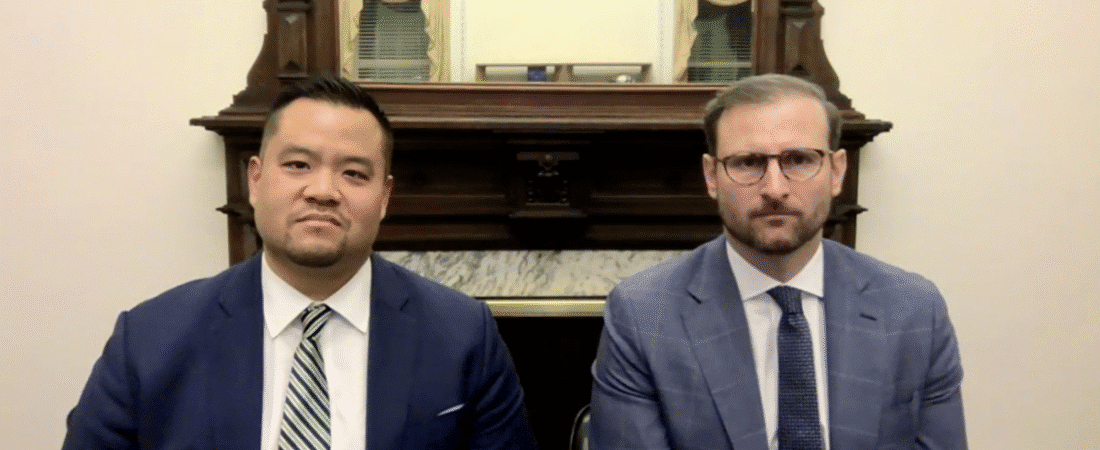White House Aims for Comprehensive Crypto Market Structure Bill by Year-End to Boost U.S. Digital Asset Regulation


The White House is pushing to complete a comprehensive crypto market structure bill by the end of the year, reflecting the accelerated pace of digital asset regulation in the United States.
Following the recent bipartisan passage of the Digital Asset Market Clarity Act in the House, the Senate Banking Committee has released its own draft legislation. This draft seeks to refine existing laws by defining key terms like “ancillary assets,” clarifying what constitutes an investment contract, and introducing mechanisms such as self-certification for certain market participants. The Senate Agriculture Committee is also expected to release a draft addressing areas under the Commodity Futures Trading Commission’s oversight, making it likely that the final bill will merge concepts from all major proposals to create a unified regulatory framework.
This convergence comes as the United States has already taken a significant step with the new GENIUS Act, which establishes a federal system for overseeing payment stablecoins. While this legislation is considered a milestone for the industry, policymakers see a broader market structure law as necessary for the maturation of U.S. crypto markets. The intent is to provide clearer oversight roles for both the Securities and Exchange Commission and the Commodity Futures Trading Commission, laying out registration pathways for digital commodity brokers, exchanges, and other participants.
The Treasury Department has signaled that ensuring robust rules for market structure is essential for promoting innovation while mitigating risks associated with digital assets. With the first White House crypto policy report slated for release this summer, federal agencies are poised to coordinate efforts on implementation as the legislative process continues.
While achieving consensus on the final scope of the bill remains challenging—with ongoing stakeholder consultations and debates around how to divide regulatory authority—pressure from industry and regulators is mounting to deliver clarity by year’s end. The outcome will be instrumental in shaping the U.S. position as a leader in the global digital asset economy.

Leave a Comment